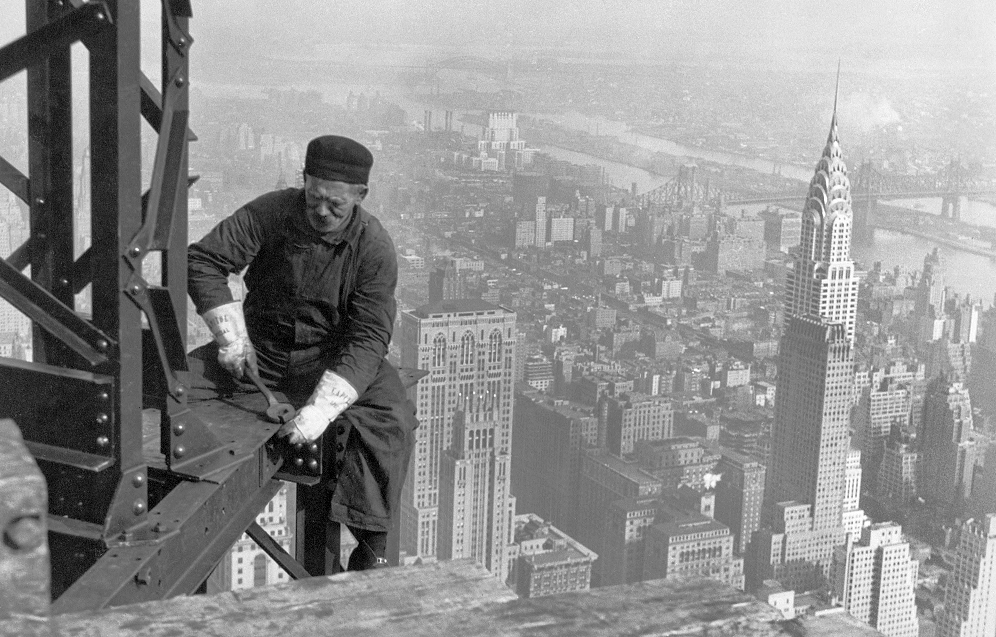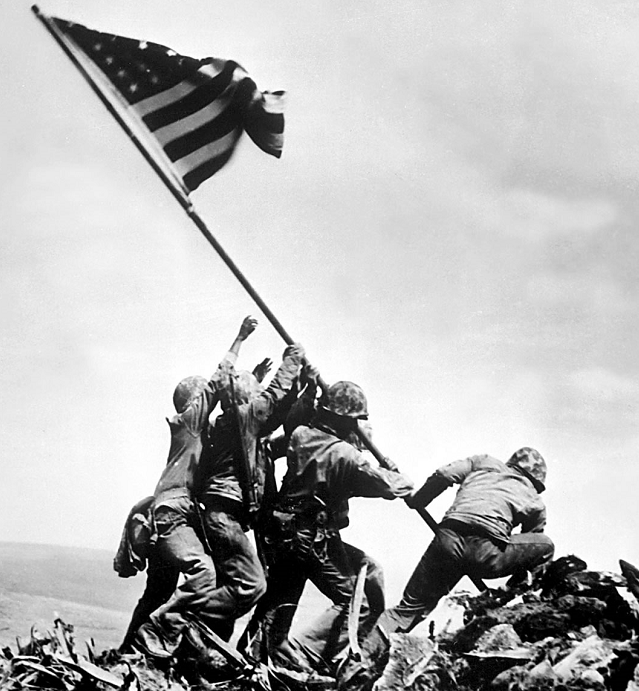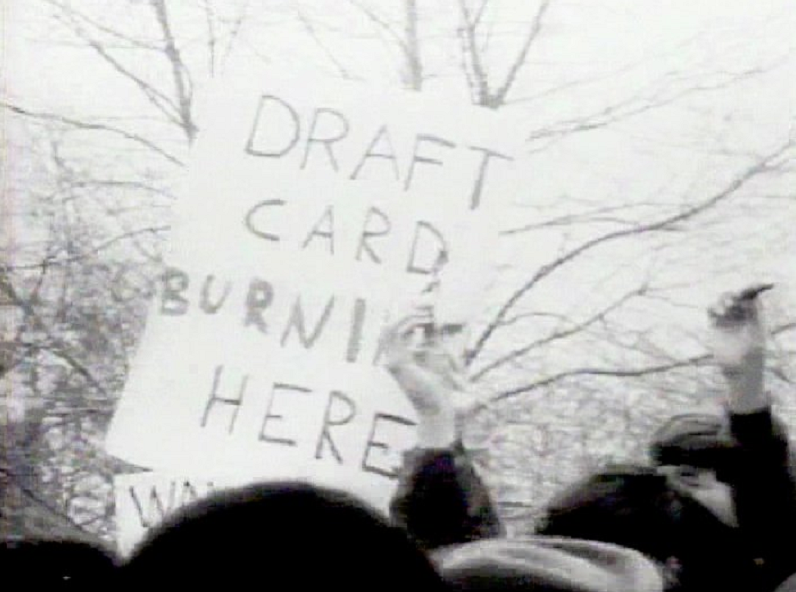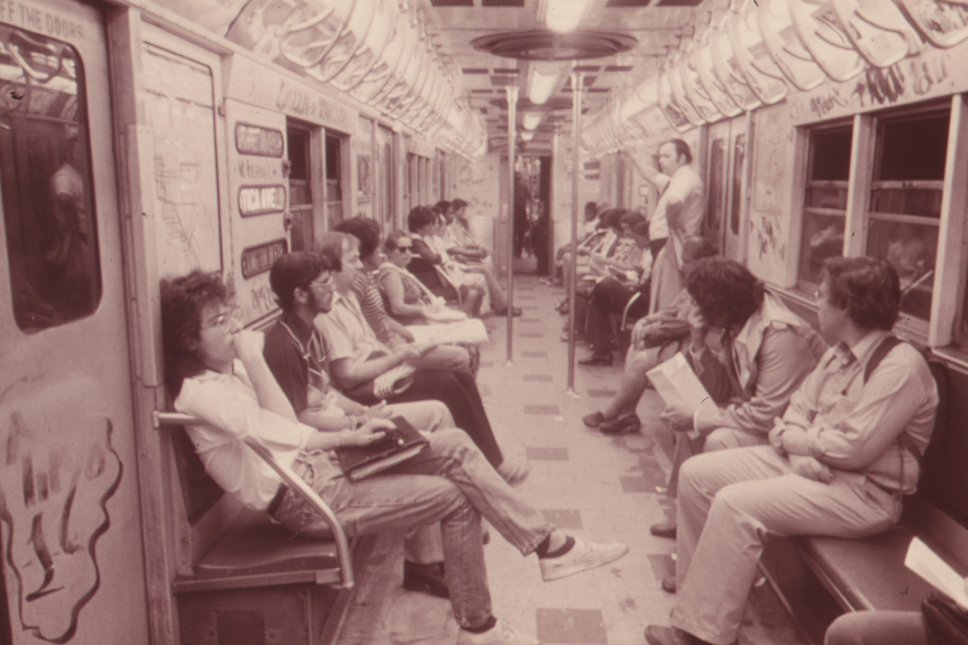c. 1940-present
 The Postmodernist Period in American literature usually refers to works produced after the end of World War II. The Modernist Period had been characterized by intense social, political, financial and personal upheavals, but these seemed to be minimized to some extent by the need for national unity of purpose that arose when America officially entered the war. America ultimately emerged from the Second World War as a global power and its industrial mobilization during and after the war resulted in a wave of prosperity that touched and improved the life of almost everyone in the nation.
The Postmodernist Period in American literature usually refers to works produced after the end of World War II. The Modernist Period had been characterized by intense social, political, financial and personal upheavals, but these seemed to be minimized to some extent by the need for national unity of purpose that arose when America officially entered the war. America ultimately emerged from the Second World War as a global power and its industrial mobilization during and after the war resulted in a wave of prosperity that touched and improved the life of almost everyone in the nation.
 Veterans returning from the war often had the perspective of conquering heroes and, for the most part, their experiences of the horrors of war were quickly set aside in favor of resuming their private lives and pursuing the boundless economic opportunities of post-war America. Likewise, American civilians who lived through the war years were ready to leave behind the memory of the hard times of the Depression and the many personal sacrifices required to support the war effort.
Veterans returning from the war often had the perspective of conquering heroes and, for the most part, their experiences of the horrors of war were quickly set aside in favor of resuming their private lives and pursuing the boundless economic opportunities of post-war America. Likewise, American civilians who lived through the war years were ready to leave behind the memory of the hard times of the Depression and the many personal sacrifices required to support the war effort.
The habit of social, moral and emotional questioning that began during the Modernist era resumed in earnest among the writers of this period – the Postmodernists – and their works reflect their anxieties about what the war had achieved and what kind of life could be expected in the post-war world. Beyond issues of the war itself, America was entering the Cold War Era and McCarthyism consumed the national consciousness, creating new fears and apprehensions about the future and the threat of the various new technologies that had been developed.
 At this same time, during the 1950s, a youth movement emerged to challenge the values and traditions of the generation that had fought in World War II. Referred to as “The Beat Generation,” young writers rebelled against established social order, against authority, against traditions and against the intellectual establishment. Not unlike the Transcendentalist movement of the mid-1800s, Beat writers sought truth and enlightenment through nature and introspection, rather than through conventional channels of awareness, and began to popularize the use of marijuana and other illicit drugs in an effort to “transcend” their world’s realities. The Beat generation’s anti-establishment attitudes stood in stark contrast to the conventional social norms modeled by the Eisenhower years in America and never seemed to get serious traction as a literary form, but traces of
At this same time, during the 1950s, a youth movement emerged to challenge the values and traditions of the generation that had fought in World War II. Referred to as “The Beat Generation,” young writers rebelled against established social order, against authority, against traditions and against the intellectual establishment. Not unlike the Transcendentalist movement of the mid-1800s, Beat writers sought truth and enlightenment through nature and introspection, rather than through conventional channels of awareness, and began to popularize the use of marijuana and other illicit drugs in an effort to “transcend” their world’s realities. The Beat generation’s anti-establishment attitudes stood in stark contrast to the conventional social norms modeled by the Eisenhower years in America and never seemed to get serious traction as a literary form, but traces of  this genre’s nonconformism continued to appear throughout the late 1960s and in response to the political climate of the Vietnam War Era in the early 1970s.
this genre’s nonconformism continued to appear throughout the late 1960s and in response to the political climate of the Vietnam War Era in the early 1970s.
Postmodernism continues to the present day as novels, short stories, plays and poems express a more personal reaction to the world’s events and circumstances. Narrative forms first popularized in the earliest literary history of America returned to the fore with a renewed energy of self-examination and free expression of thought and feeling. Stories and poems now showcase individualized responses to the incursion of technology into every aspect of life and attempt to explain how these may make life better or worse than it was before. Questions continue to be asked about the meaning of life, but concrete answers still are not forthcoming.
Postmodernist Literature
The following authors in our database represent the Postmodernist Period of American Literature:
Click on any of the above names to open the corresponding biographical essay.
Click on the red book icon ![]() to the left of any name in the list to access that author’s bibliography and our collection of direct links available for the associated titles as hosted by a wide variety of professional and academic Web sites.
to the left of any name in the list to access that author’s bibliography and our collection of direct links available for the associated titles as hosted by a wide variety of professional and academic Web sites.
Are there other authors you think should be included in this category?
Let us know and we’ll try to add them whenever possible.
Register now for a Free Membership to CurricuLit.com and you will receive notices of special features and updates as they become available.